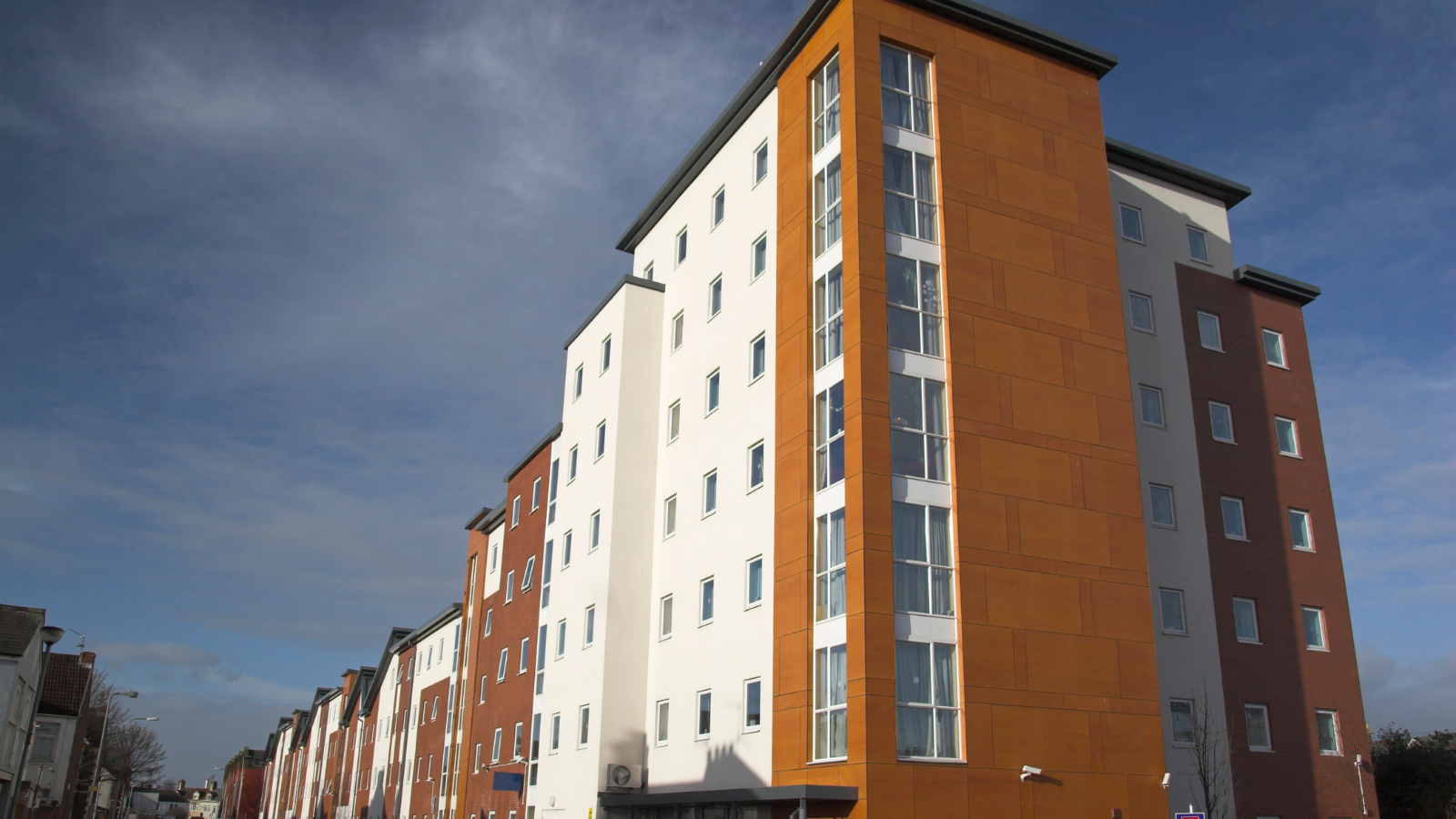- People
- Expertise
Our expertise
We are a team of more than 500 professionals, with the depth of experience which makes us genuine experts in our fields. Together, gunnercooke’s people have strength across just about every corporate discipline and sector. We provide legal, commercial and strategic advice that delivers real value to the clients we work with, which span from multinational enterprises through to unicorns and non-for-profit organisations. Our breadth of expertise covers some of the most interesting and important emerging disciplines, from ESG and charity law, to blockchain and competition.
Search by practice areaDispute ResolutionDispute Resolution OverviewMeet the Dispute Resolution TeamIntellectual Property DisputesFinancial Services & FinTech OverviewProceeds of CrimeEmployment TribunalTax InvestigationProperty Dispute ResolutionInsolvency DisputesMediationCivil Fraud & Asset TracingHealth & SafetyBusiness Crime & InvestigationsLitigation & ArbitrationInternational Arbitration - International
International Offices
The gunnercooke group has 15 main global offices across England, Scotland, the US, Germany and Austria, with further plans for growth in the coming years. These offices enhance the existing in-house capability of our dedicated international teams and dual-qualified experts that cover Spain, France, Italy, Portugal, Brazil, China, India, Poland and Hungary. Our team have clients across 123 jurisdictions, speak 46 languages and are dual-qualified in 21 jurisdictions. Our expertise means we can offer large teams to carry out complex cross-border matters for major international clients.
- Our story
Our story
gunnercooke is the fastest growing corporate law firm in the UK, now making its mark globally. We comprise a rapidly growing number of experts spanning legal and other disciplines. Clients benefit from flexible options on fees to suit their needs, access to a wider network of senior experts throughout the relationship, and legal advice which is complemented by an understanding of the commercial aspects of running a business.
- Reading Room
- News & Insights

Wellbeing in Residential Development
At present there is a growth in regulatory activity concerning ideas of environmental, social and corporate change, which are having an impact on the residential property market. The idea of wellbeing and “well buildings” is already well-established in commercial property sectors and is now emerging as an influence in the residential property sector.
There is significant debate as to what “wellbeing” means for residences. Different business models are incorporating this approach as part of their wider application of environmental, social and corporate governance in various different ways. The emergence of the build-to-rent (BTR) asset class has also had an impact as consumers are increasingly expecting properties to offer an experience in addition to providing a roof under which to live. The increase of BTR residential property schemes means that more developments are incorporating amenities and services, such as community areas, fitness centres and communal gardens. Many also incorporate environmental features such as electronic car charging points. The changes in the approach to developments are also reflective of the broader developments around social responsibility, corporate citizenship and better engagement with stakeholders, consumers and workforces.
Wellbeing and social impact are clearly buzz words in the private development industry at present. This shift is raising some difficult questions for an industry who has historically focussed more on what they build rather than the people that they house. With social and environmental impact high on the agenda at the moment, the real estate sector needs to pay attention to this and increase focus on their impact on the communities in which they work.
In response to this shift, investors, developers and residence representational bodies are taking steps to define standards and regulations to ensure wellbeing in property developments. This may include a wide range of features including consideration of noise, privacy, transport, accessibility and community facilities. These all have an impact on the design of a development, along with environmental factors, such as air quality and biodiversity. In some areas, environmental impact assessments have fallen out of fashion but are rapidly being taken up again to meet this increase in demand from society.
UK legislation is also playing a part. On 15 October 2019, the Environment Bill was introduced. It’s progress stalled with the dissolution of parliament. However, it is a good indicator of the type of legislation that might be expected in future. The bill outlined a mandatory biodiversity net-gain regime, that would require developers to ensure that new developments have a positive overall effect on biodiversity. The Bill also sought to enhance the duty on public authorities to encourage biodiversity.
It is also notable that s172 of the Companies Act 2006 requires that for periods commencing 1 January 2019, those companies of a size that are required to produce a strategic report must now include a statement explaining how the directors have had regard to the matters in s172.Whilst there is no set structure for the statement, guidance on what may need to be included to meet the Companies Act requirement is available in the FRC’s Guidance on the Strategic Report. Section 172 deals with the directors’ duty to promote the success of the company for the benefit of shareholders as a whole and having regard to a number of broader matters including the likely consequence of decisions for the long term. Therefore, they need to demonstrate consideration of impact beyond the immediate stakeholders in their business and consider their impact on a wider basis.
It is also notable that in 2018 the Government placed wellbeing at the heart of its strategic 25-year environmental plan which focussed on the “health” of the natural world and people. It also highlighted the importance of access to green spaces for physical and mental wellbeing. This followed on from the Clean Growth Strategy issued in 2017, which set out how new homes could contribute to a lower carbon future.
The property industry is starting to develop ways of measuring wellbeing, which include physical and mental health, as well as social wellbeing. This is a difficult area as surveys of residents can establish only what a particular individual or community think are priorities to make them happy. This may not always correlate with factors that studies have identified as the best ways to engender wellbeing.
In November 2018, the Build Better, Build Beautiful Commission was established to promote better design of homes and living areas. They published their first report in July 2019 setting out eight areas of reform for local and national government. That report suggested that wellbeing-related ideas should become a goal for the UK Planning system alongside sustainable development as part of the National Planning Policy Framework.
The recommendations set out proposals that development should create places, not just homes. It is a bold ambition but there is no reason that sustainability and aesthetically pleasing design cannot co-exist. Part of the sustainability of a place or buildings is that it contains beauty in order to stand the test of time.
Many organisations are now offering wellbeing accreditation. For developers, this can lift standards and contribute to operational excellence. The addition of wellbeing standards can enhance their brand, their standing in the market and their attractiveness to stakeholders, investors and employees.
“Doing the right thing” is also in itself a compelling investment proposition. Investors are attracted to wellbeing-orientated projects as they are shown to retain and attract residents, generating uninterrupted revenue streams.
The rate at which there is new legislative and regulatory activity in this area, would suggest that the trend towards wellbeing as a priority is not passing. Therefore, developers would be well advised to ensure that this emerging initiative remains at the centre of their thinking and plans, not least to future proof their business.






